Alice Dixon Connects Mysticism and Photography to Maya Archeology
Women Trailblazers in Archeology
Hola Amigos! I was given a book titled A Dream of Maya, about the Le Plongeons, the first couple known to traipse to the Yucatán and explore the Maya pyramids. It presents a colorful, little known chapter in the development of 19th-century archeology and dives into their fascination with the Maya and ancient civilizations. This led them to Mexico and the pyramids, along with their unorthodox view of world civilization order. . . Enter, the mystical side of the Maya, in my Women in Archeology series.
Alice Dixon Le Plongeon was the first female explorer on the Yucatán Peninsula. As well as an amateur archeologist, she was also a traveler, author and second generation photographer.
With her husband, French-American August Le Plongeon, from 1873 to 1884 they lived and worked on the Peninsula and in Mesoamerica, together photographing and studying Maya sites at a time when little was yet known about the civilization. They made discoveries in Uxmal and Chichen Itza.
Meet cute
In 1871, at 22, Dixon, a Brit, met Le Plongeon, a world explorer of antiquities, in London. Le Plongeon, 26 years her senior, had traveled to Europe after successful journeys to South America and California. He was at the British Museum studying Mexican and Maya artifacts while preparing for a trip into the jungles of the Yucatán when they met.
Photography background
Alice Dixon's father, Henry, was a copper-plate printer who became a successful photographer, recognized for his development of panchromatic photography. Alice learned the art from him and worked as his assistant in his studio.
After meeting Augustus, Alice told her mother she’d met the man she planned to marry. She became interested in ancient Maya civilization, studied John L. Stephens and Frederick Catherwood’s Incidents of Travel in Yucatan, and agreed to join Augustus on his expedition.
Alice and Augustus, not yet married, traveled from London to New York to complete the last of their preparations.
Spiritual influences
Another family member exerting a strong influence on Alice was her uncle, Dr. Jacob Dixon, who practiced spiritualism, a huge cultural trend in the mid to late 19th-century. Alice had a penchant for the mystical and became involved in the movement, participating in seances at her uncle's home.
As for Le Plongeon, he studied earthquakes in Peru and for eight years traveled extensively, visiting and photographing archeological sites, including Tinhuanaco (Tiwanaku) in nearby La Paz, Bolivia. He photographed the site while trying to assimilate clues as to who the builders of that empire might have been.
In tandem with his own South American explorations, he too had read the works of explorers John Lloyd Stephens and Frederick Catherwood, and came to believe that civilization had early origins in the New World. It was in Peru that he began to form philosophies on the world's great civilizations.
From the Andes to the gold rush
A few years into his South American sojourn, Le Plongeon heard about the California gold rush and jumped a ship to partake in that historic event, spending several years in gold country where he speculated on land and became a surveyor. He also apprenticed under a physician for three years and received a certificate as a doctor's tutor.
His California exploits earned him thirty thousand in profits, and he came away with enough to fund his trip to Europe as well as future South American travels.
In Europe he stumbled onto a new photographic technique that used paper instead of metal and convinced the inventor to teach him the process. This would serve him well when uncovering Yucatec ruins, enabling he and Dixon to document their discoveries.
Honeymoon in Mexico
Soon after meeting, Dixon and Le Plongeon were married. For their honeymoon they set sail for Cuba, then onto Mexico to explore the pyramids. They landed in Progreso, Yucatán, in 1873.
Alice developed a case of yellow fever on their arrival but Le Plongeon nursed her back to health. During her recuperation, the two studied Yucatec Mayan and became acquainted with local scholars.
No doubt archeology’s first immersive travelers, they believed communicating with present day Maya locals was an important step to interpreting the past.
Dixon’s early impressions of Mexico and the Maya remained with her throughout her life and she wrote about them long after she left the Yucatán.
Uxmal beckons
Their first visit to see pyramids was at Uxmal, 40 miles south of Merida. Awed by the size of the site, they camped in the Governor's Palace, sleeping on hammocks. They both took photos, cleared the land to better see the site, determined to return later.
They produced some of the earliest photos of the buildings at Uxmal and Chichen Itza which remain some of the best ever taken, showing the pyramid sites as they stood for eons, long before archeologists re-discovered them.
Chichen Itza
The belief that the Maya held the key to civilization had fueled their desire to explore the Yucatán's ancient pyramid sites and number one on their bucket list was Chichen Itza.
Le Plongeon heard from a Maya local that a sacred codex was buried there in a building with numerous chambers. Locating the text could further his theory that the Maya were the cradle of civilization, not Egypt or the Mid-East.
Their timing coincided with perilous times: the Caste War of Yucatán was raging. Piste, a nearby pueblo to Chichen Itza, was overrun with Chan Santa Cruz Indians. War or no war, Le Plongeon was determined to test his theory. They traveled there accompanied by a military escort and asked local authorities to post soldiers around the site while they searched for the text.
Though Le Plongeon actually located the building, he did not find the text, but the building's lintel contained numerous glyphs which he believed could further his theory. He took 500 stereoscopic photos of the hieroglyphs, and he and Alice traced a number of murals and made molds of them in bas relief.
Queen Moo and Prince ChacMool
They fixated on the Upper Temple of the Jaguars near Chichen Itza’s ball court. It was 1875. Workers discovered a large slab with carved figures holding outstretched arms.
Le Plongeon called it Atlantis. Murals on the walls depicted village life, war scenes and rulers in court. The explorer concluded this was a generation of Maya rulers whose totem was an eagle or macaw. He declared it a symbol of a Maya princess who he christened Queen Moo (Mayan for macaw).
He named her brother Prince ChacMool, powerful warrior, a reference to jaguar in Mayan. This flimsy attempt at a scholarly decision became the basis for his Maya myth as the center of world civilization.
New age or eccentric?
The fabricated myth about a Maya princess and her warrior king brother who had been forced to flee Egypt, bringing their philosophies of the Maya with them, seduced the two at one time prominent archeology notables. They were viewed as the Maya world's "new age" scholars due to this far-fetched belief.
Because of it, at odds with fellow archeologists of the time, Le Plongeon was labeled an eccentric crackpot, earning disdain from those in his field. His Maya “myth” led to much derision and plagued him his entire career.
Yet in spite of his oddball theories, Le Plongeon discovered the famous statue, ChacMool, five feet long weighing hundreds of pounds, which is virtually synonymous with Chichen Itza and the ancient Maya.
Originally spelled Chaacmool, Maya for powerful warrior, the word was misspelled as ChacMool through a mis-translation by one of his missives to a benefactor. The ChacMool statue was lauded by the American Geographical Society as a great archeological find.
The Le Plongeons struggled to bring the statue to the US to display in Philadelphia at the America Centennial Exhibition but the president of Mexico denied their request.
In the meantime, they sent other Maya artifacts to the US to display at centennial ceremonies, but bad luck seemed to follow them and the objects arrived too late. In another sidewinder, the photos Le Plongeon had labored over were stolen by another archeologist who claimed them for his own. Soon even their main benefactor would give up on their excursions. At times they found it difficult to find money to eat, so dire was their situation.
“Surrounded by enemies”
"Surrounded by enemies, Remington always at hand, death lurking in every direction," Alice wrote in a letter to a friend in 1877, describing their predicament. The Mexico government had refused to pay them for the extensive work they'd completed in not only raising the incredible ChacMool artifact but in delivering it to the pueblo Piste. With this final blow, they picked up and moved on to other ruins—Mayapan and sites in Honduras.
Their travels continued and in 1884 the Le Plongeons left Mexico and settled in New York. There Alice focused on her writing, both fiction and non-fiction. She became well known for a series of articles written for “The New York Times” and other publications in which she romanticized the Maya world. Her best known work was Queen Moo's Talisman. Both she and her husband lectured non-stop in Europe and the US promoting the Yucatán pyramids and the Maya.
In A Dream of Maya: Augustus Le Plongeon and Alice Le Plongeon in Nineteenth Century Yucatán, 1by Larry Desmond and Phyllis Messenger, Desmond explains if history had been kinder to the Le Plongeons, it would have depicted an extraordinary couple whose lifelong work had not been fairly appraised.
The book offers deep insight into their lives, describes their Yucatán work and their controversial views. It also documents their hard-nosed earnestness and early pioneering excavations—from digging up pyramid sites to drawing architectural floor plans and tracing murals, to keeping detailed photographic records.
Their extensive explorations were done under the duress of the Caste War, yet they persisted, and came away with great discoveries.
Augustus Le Plongeon died in New York in 1908. Alice died in New York in 1910.
Lawrence Desmond and Phyllis Messenger. A Dream of Maya: Augusts Le Plongeon and Alice Le Plongeon in Nineteenth Century Yucatán. University of New Mexico. (Jan. 1988).
And if you’re interested in supporting independent journalism and writing, please consider a paid subscription to Mexico Soul. This is a free newsletter. I don’t paywall any of my posts, but you can choose to pay if you like what I deliver. It would mean the world to me and will keep you up to date on my posts and chapters from Where the Sky is Born—how we bought land and built a house in a small fishing village on the Mexico Caribbean coast. Not to mention a bookstore, too! All for $5/monthly or $50 per year.
If you enjoyed this article, please remember to hit the heart button to like it.
MY BACKSTORY—Puerto Morelos sits 100 miles from four major pyramid sites: Chichen Itza, Coba, Tulum and Ek Balam. Living in close proximity to this Maya wonderland made it easy to pyramid hop on our days off from Alma Libre Libros, the bookstore we founded in 1997. Owning a bookstore made it easy to order every possible book I could find on the Maya and their culture, the pyramids and the archeologists who dug at these sites and the scholars who wrote about them. I became a self-taught Mayaphile and eventually website publishers, Mexican newspapers and magazines, even guidebooks asked me to write for them about the Maya and Mexico. I’m still enthralled by the culture and history and glad there’s always new news emerging for me to report on right here on Mexico Soul.




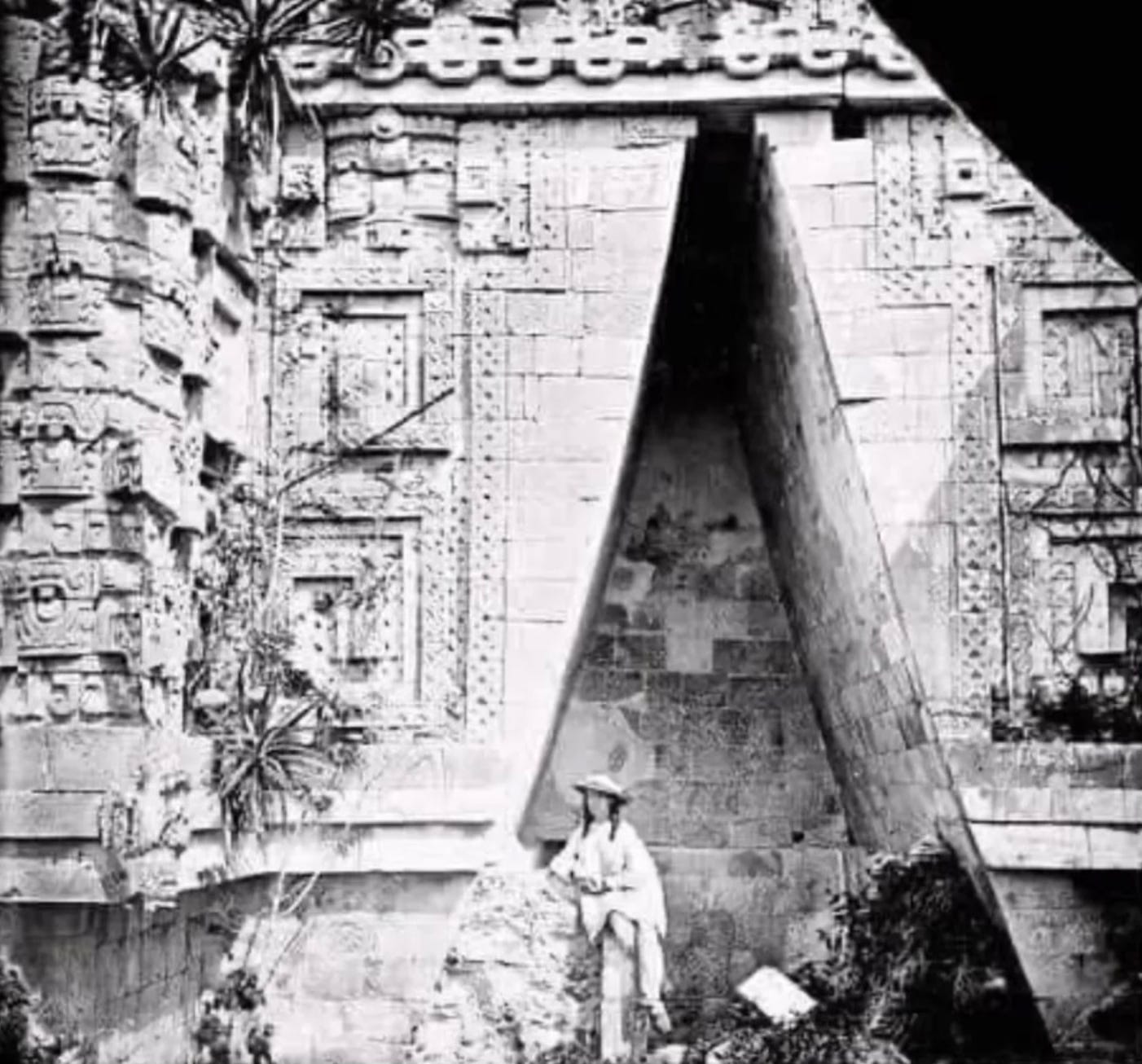
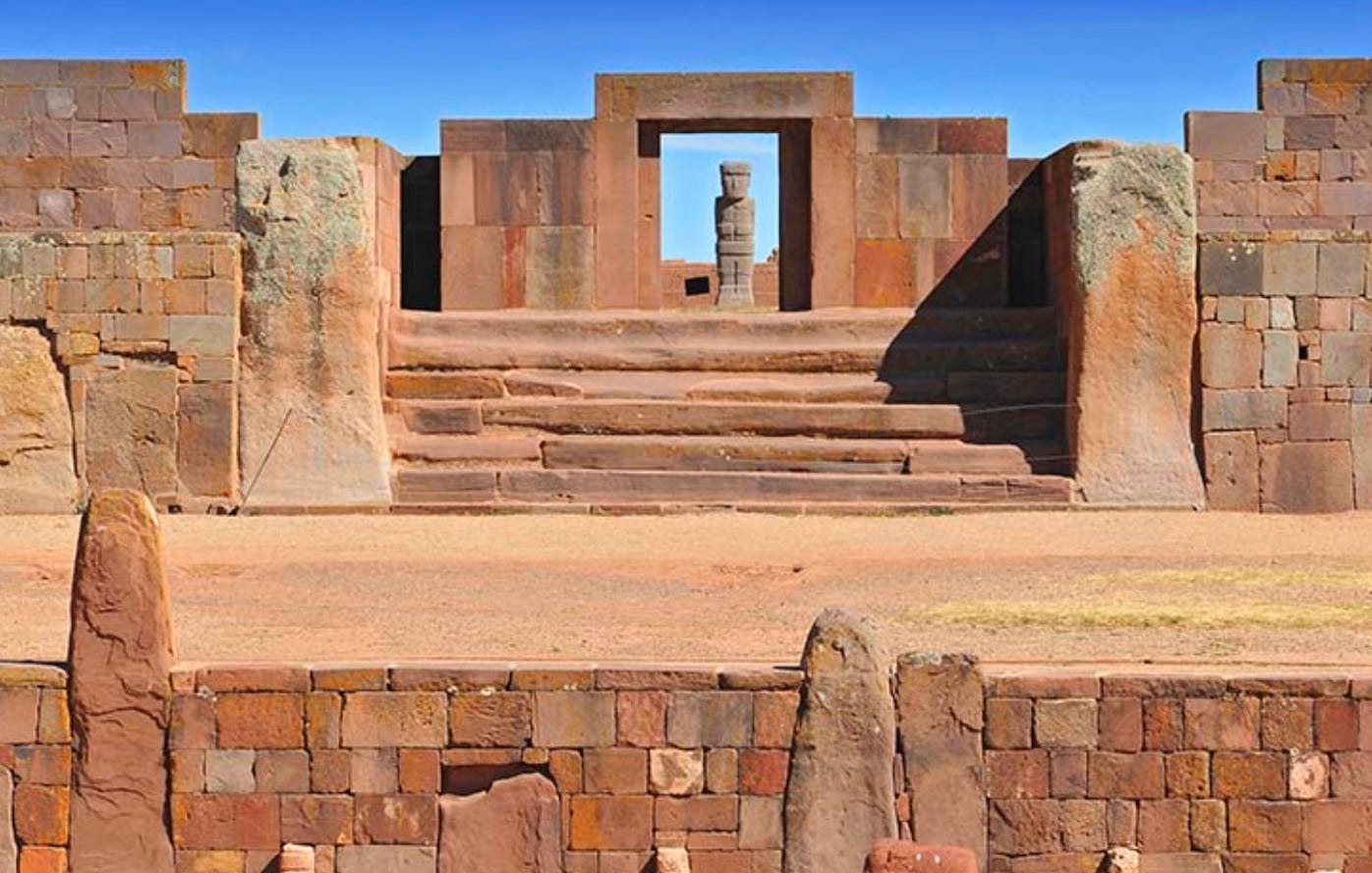
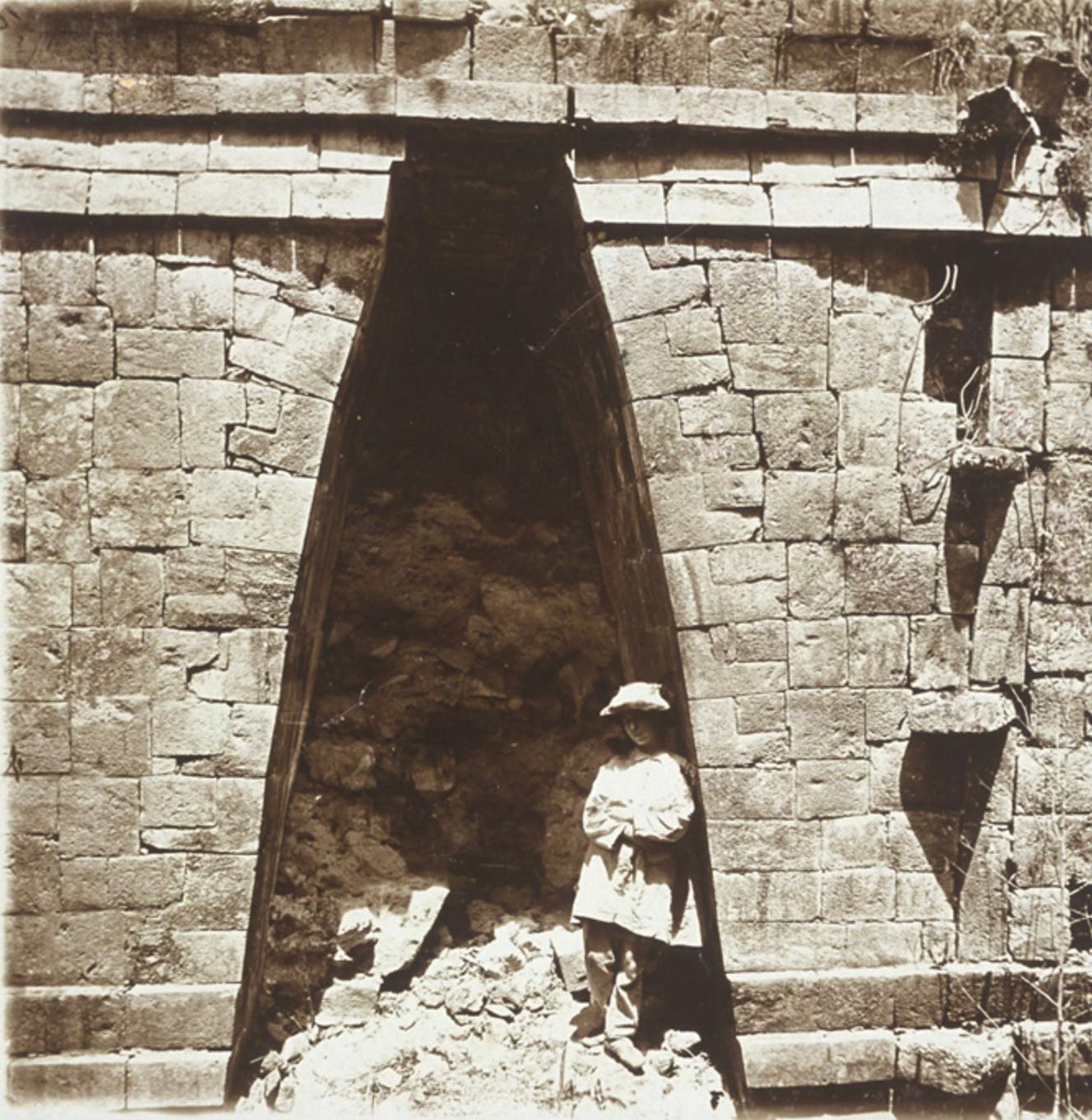
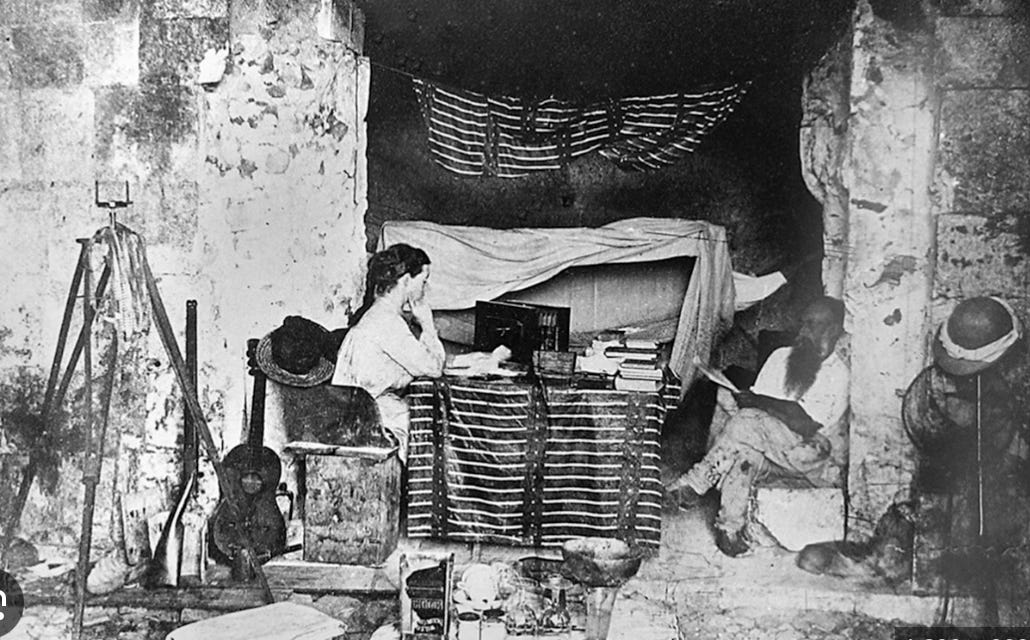
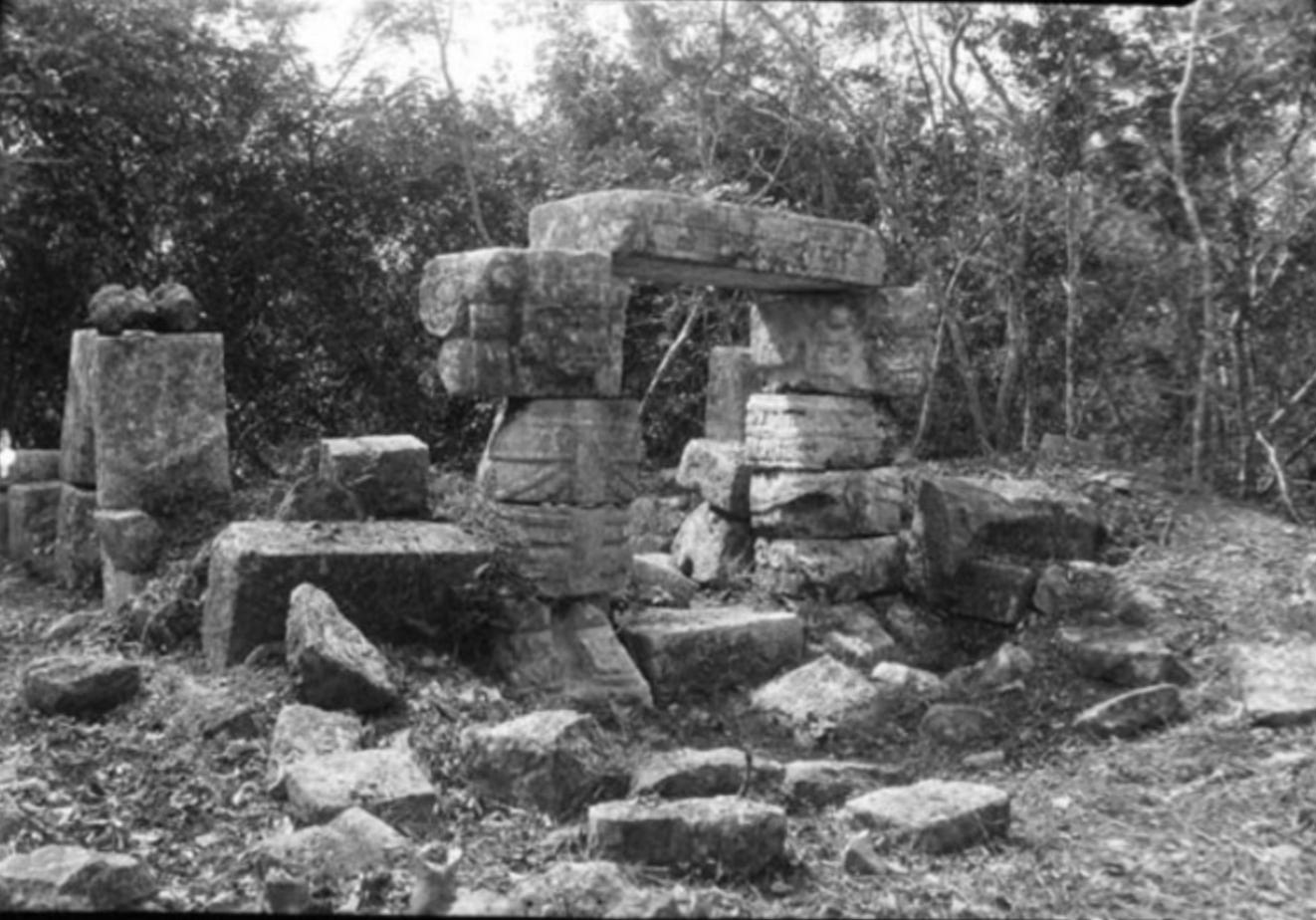
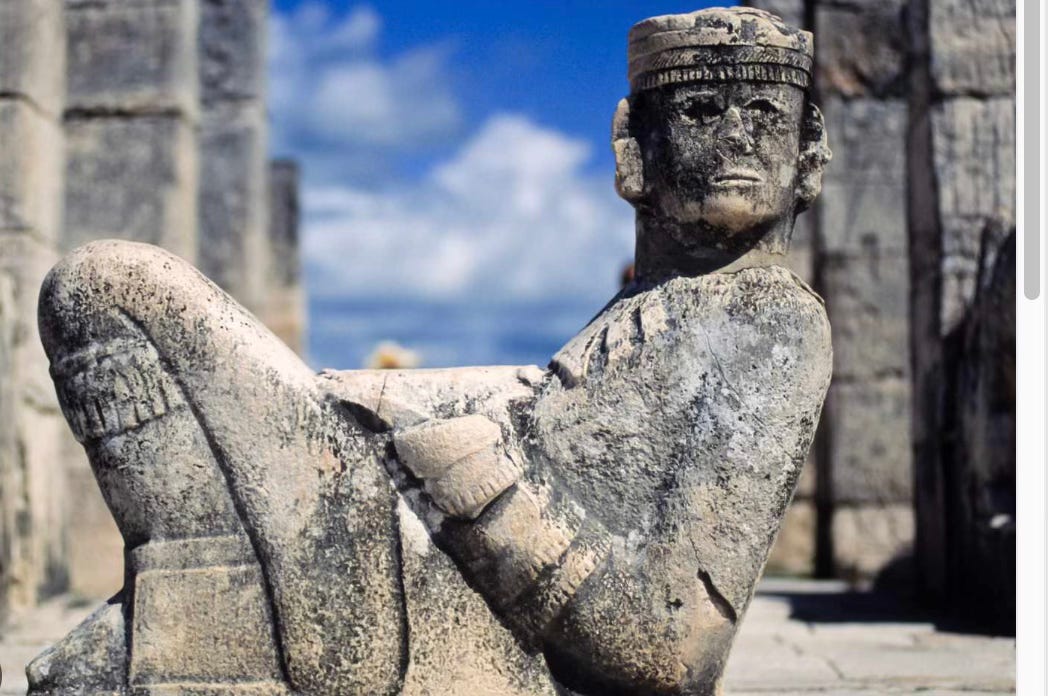
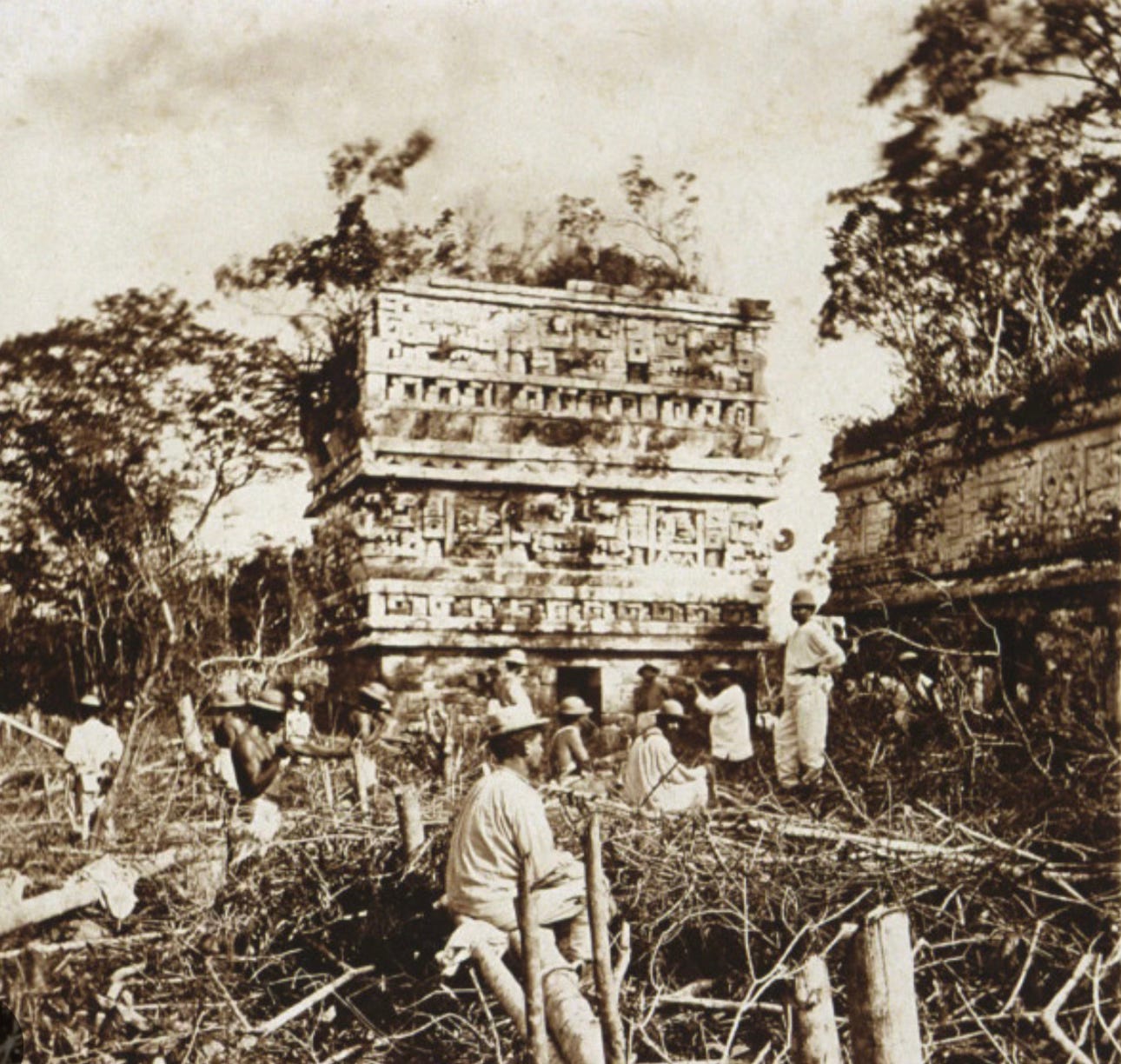
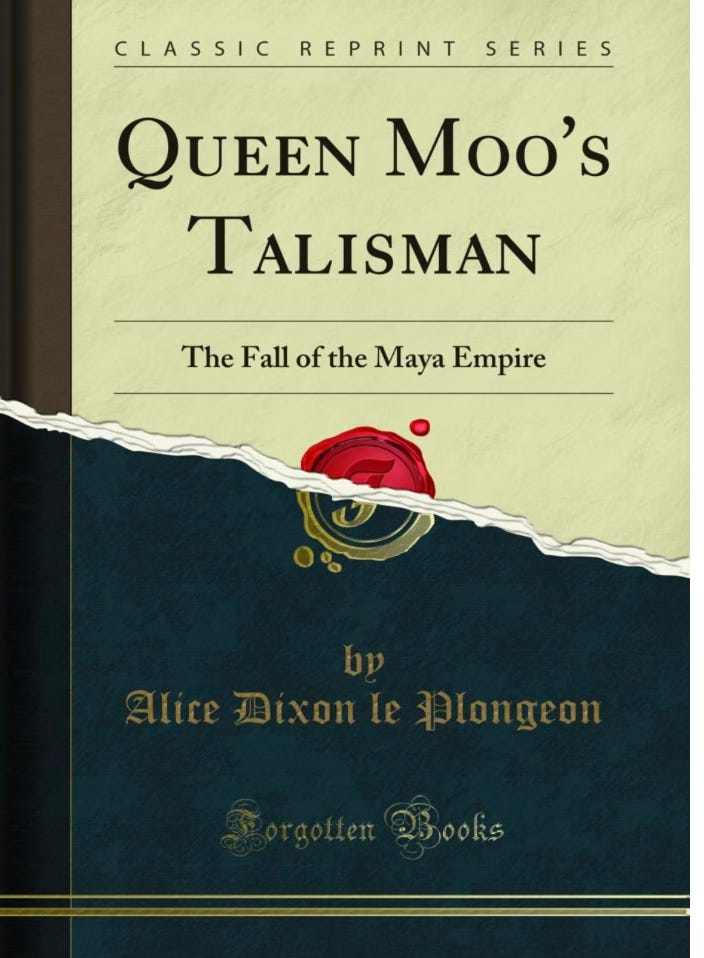
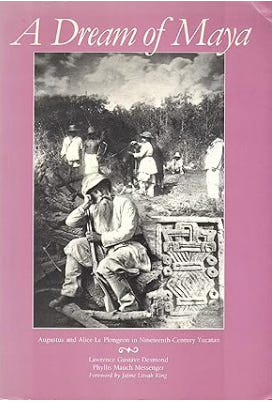
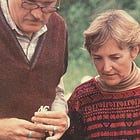
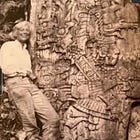
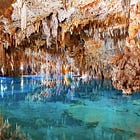
What a vivid, adventurous tale—equal parts Indiana Jones and spiritualist séance! It’s wild how ahead of her time (and also totally off-track!) Alice and Augustus were. I had no idea the ChacMool’s “discovery” had such a dramatic backstory—complete with mystical codices and missing paychecks.
Thanks for continuing to unearth these rich and layered stories from Maya country.
What an amazing story! I didn't know much about them (besides the story of them discovering the chacmool in Chichen), so most of this was new to me. I understand that the scientific world didn't take them seriously after the myth they came up with, but they were still an amazing couple! And thank you for highlighting Alice in the story! Everything she did and the way she lived her life were so revolutionary for her time! I enjoyed reading about her.